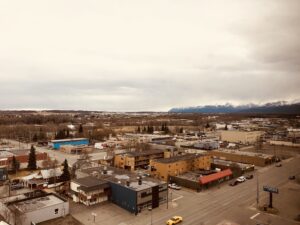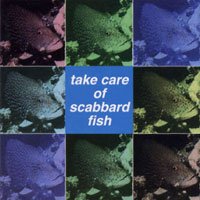I’m in bachelor mode for the week because Sarah is out of town, so I decided to see Solo last night, the latest Star Wars movie. I’ve largely dropped the thread on Star Wars movies as of late. The first trilogy, of course, was a big part of my childhood. The prequels in 00 were largely garbage, and pretty much threw me. I went back and watched The Force Awakens, and it was very exciting to see a Star Wars movie on the big screen and gave a certain nostalgic jolt for me. But ultimately, I did not like it; it was a bunch of stunt casting into what was essentially a remake of the first trilogy for millennials. I didn’t see the one after that, do not care. It was the first Star Wars movie I did not see in the theaters, and I felt bad about that, but whatever.
I like the idea of the anthology films, though; films in the sandbox of the others, but different plot lines, different characters, different directors and styles. I really liked Rogue One, maybe as much as the original trilogy. It had a roughness to it, and was not as associated to the big merchandising arm of the main canon, not as wired into the usual summer blockbuster bullshit tactics. It was like when George Harrison did a solo album that had none of the baggage or bubblegum of a proper Beatles album, none of Paul McCartney’s bullshit involved. It was also more of an “adult” movie and (my own theory) had to do more with modern conflict, ala Syria, than the usual good guys wearing white against bad guys wearing black. (I guess stormtroopers wear white, whatever.)
I really do not like comic book movies, do not like Marvel movies at. all. Every Marvel movie is the same, and has the same mechanics: “we’re rebooting something we just did, and we’re going to spend half of the movie setting up the character origin, just to make the fanboys happy and/or piss off the purists to generate more buzz.” It’s like a magician who spends all their time showing you how they are going to do the trick, as if that makes them cool. It bores me. I don’t really care about comics that much, but I really don’t care about the annual Spider-Man reboot, and how they slightly change the origin story this time, or how it’s tangentially related to all the other Marvel movies written with the same exact template. So I was a little worried about that type of movie when I heard about a Han Solo origin movie.
This movie was directed by Ron Howard, but it wasn’t really “his” movie – he’s just a hired gun that was pulled in when the original co-directors shit the bed. It doesn’t feel like a Ron Howard movie, aside from stunt casting his crazy brother in one small scene. The movie goes into the origin of Han and Chewbacca and Lando and the Millennium Falcon, but there’s absolutely nothing about the Skywalkers or the force or any of that, and I wasn’t that off-put by the mechanics of that. Woody Harrelson plays Han’s smuggler mentor, but doesn’t fuck things up. The kid who played the cowboy actor in Hail Cesar plays Han, and does a decent enough job. The story is pretty straightforward, just a standard three-act adventure burn-through, pretty textbook but enjoyable.
What I liked about the movie was that it’s not overly sentimental, or cartoony, like if Lucas had been involved. It doesn’t have the wooden acting, the incredibly obvious good versus bad, and has a slight bit of the more “adult” feel that Rogue One had. It also isn’t too JJ Abrams-y, with tons of CGI and smash cut editing. I think Lucas had minimal involvement and Abrams had none, which was a big plus for me. I really like the idea of different directors doing completely different things with these films. Like I’d love to see Tarantino or someone do a spaghetti western or mobster-like Boba Fett movie.
I don’t have anything bad to say about the movie. I think the main issue is that the movie just sort of is. No high concept, no camp, no big drama, no big theatrics. It just is. It doesn’t perform well as a standalone blockbuster, and doesn’t have the power of any of the main films. And that would be fine if it was a low-budget thing, or a Showtime original. But it’s the sixth most expensive movie ever made, costing something like $275 million, and there’s no way it’s going to pull a half-billion dollars to break even. So it will have a bad legacy because of that. I’d expect it to drop out of theaters this week or next, and then there will be a hard push for VOD and home release, so maybe the completists will buy all the various box sets and they will break even. At any rate, it was a meh for me. Glad I saw it, glad I didn’t go out of my way to see it.



